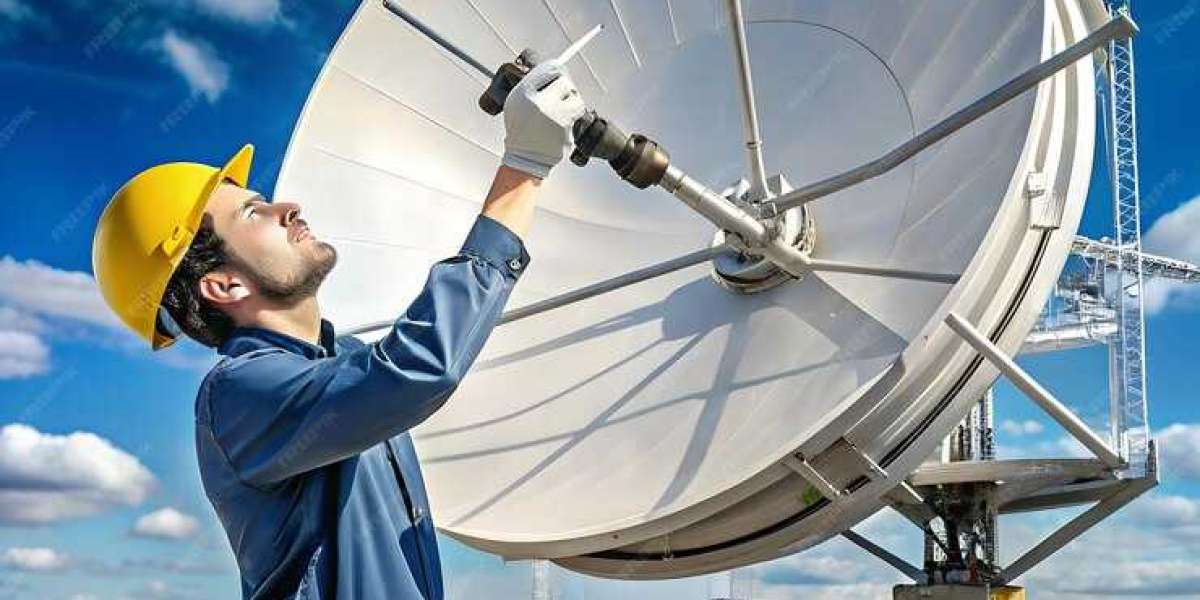In the ever-evolving landscape of technology, satellite systems have become a cornerstone of modern communication, broadcasting, and data services. As the demand for these systems grows, so does the need for their installation to be both functional and aesthetically pleasing. Striking the right balance between these two aspects is crucial, especially in urban environments where visual appeal can impact property values and community acceptance.
The Importance of Aesthetic Considerations
When it comes to satellite installations, aesthetics may not seem as crucial as functionality at first glance. However, the visual impact of satellite dishes and equipment cannot be overlooked. In residential areas, bulky installations can detract from the overall appearance of a home or neighborhood. As a result, many homeowners and businesses are increasingly seeking solutions that blend seamlessly into their surroundings.
Innovative design approaches are making it possible to create satellite systems that are less obtrusive. For instance, dishes can be designed to resemble architectural elements or integrated into rooftop gardens. Additionally, color options and finishes can be tailored to match the surrounding environment. This attention to aesthetic detail not only enhances the visual appeal but also fosters community acceptance and minimizes opposition to installations.
Functionality First: Technical Considerations
While aesthetics are important, the primary goal of any satellite installation remains functionality. The equipment must be strategically placed to ensure optimal signal strength and quality. This often involves careful site assessments and the use of specific tools to measure signal coverage. Aerial installations, such as antenna mounts, also play a critical role in maintaining signal integrity.
Choosing the right location for satellite dishes is paramount. Factors such as line-of-sight, potential obstructions, and geographical conditions all influence the effectiveness of the system. Technicians must balance these technical requirements with aesthetic considerations, often leading to creative solutions that satisfy both criteria.
Integrating Aerial and Satellite Solutions
In many cases, combining aerial and satellite installations can offer a more cohesive solution. For example, aerial antennas can be designed to complement satellite systems, allowing for a streamlined appearance while maximizing functionality. This integrated approach ensures that both systems work harmoniously, providing reliable connectivity without compromising on aesthetics.
One exciting trend is the use of smart technology in both aerial and satellite installations. Smart antennas can adjust their orientation and frequency based on signal requirements, optimizing performance while minimizing the need for large, unsightly equipment. This not only enhances functionality but also allows for sleeker designs that blend into the environment.
Sustainability: The New Aesthetic
Sustainability is also becoming a crucial aesthetic consideration. With growing awareness of environmental issues, many consumers prefer installations that reflect eco-friendly practices. Utilizing materials that are recyclable or sustainably sourced can add a layer of appeal to satellite systems. Additionally, energy-efficient technology reduces operational costs and environmental impact, aligning aesthetics with functionality in a meaningful way.
Conclusion
In conclusion, the art of satellite installation lies in the delicate balance between aesthetics and functionality. As technology continues to advance, there is an increasing expectation that satellite systems will not only perform well but also enhance the beauty of their surroundings. By integrating thoughtful design, innovative technology, and sustainability into installations, we can create satellite systems that are both visually appealing and highly functional. This holistic approach will not only improve user satisfaction but also contribute to a more connected and visually harmonious world.
